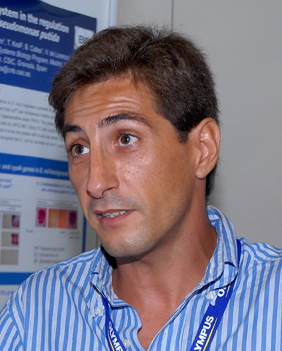 Nephrology Dialysis Transplantation has retracted a 2014 meeting abstract by a group of researchers on Crete whose ranks were inflated by one.
Nephrology Dialysis Transplantation has retracted a 2014 meeting abstract by a group of researchers on Crete whose ranks were inflated by one.
The abstract, titled “GENOTYPE (A) OF ENOS GENE AND R229Q MUTATION OF NPHS2 APPEARS TO BE ASSOCIATED WITH A WORSE OUTCOME IN PATIENTS WITH IGA NEPHROPATHY,” was presented at the European Renal Association-European Dialysis Association’s annual meeting.
Here’s what it reported: Continue reading Kidney journal pulls abstract for author issues








